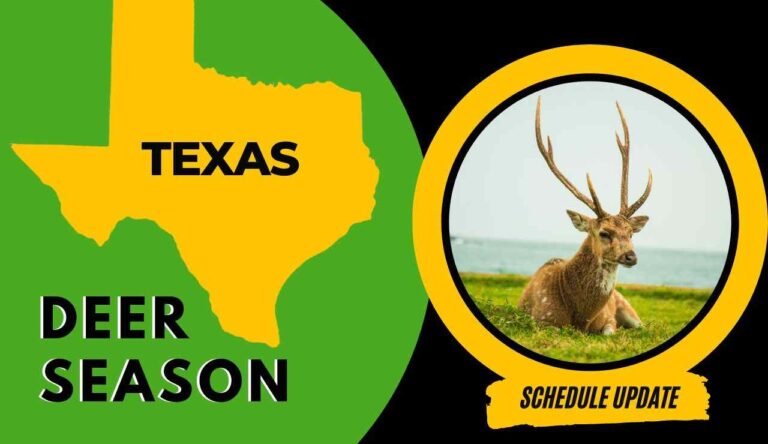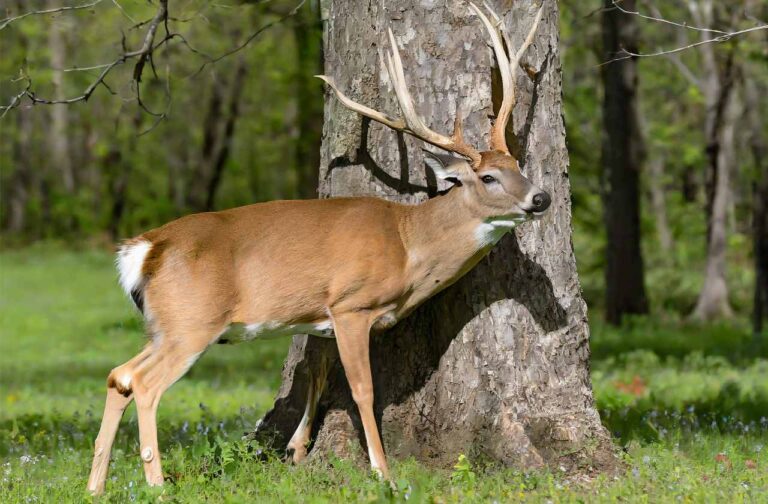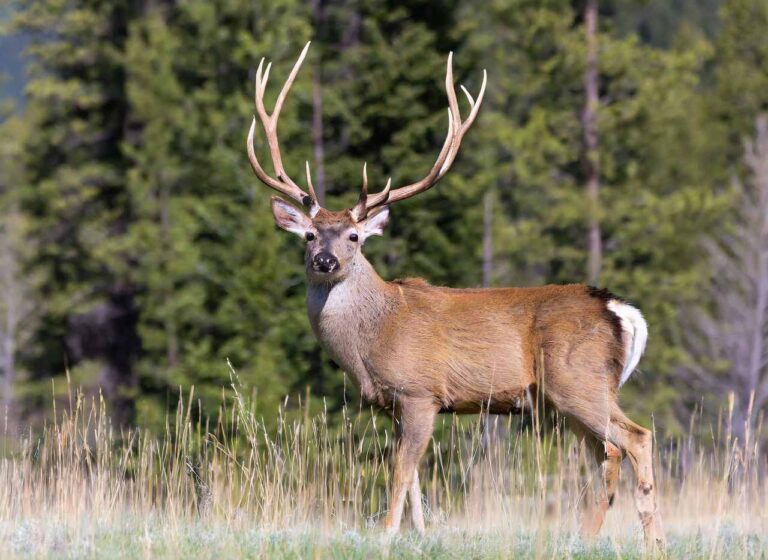Vermont Deer Season 2025-2026: VT Deer Hunting Guide [Schedule, Rules, Limit & More!
Welcome to your ultimate resource for everything related to deer hunting in Vermont for the 2025-2026 cycle! Whether you’re a seasoned hunter or just starting out, this guide breaks down everything you need to know—from precise dates for archery, muzzleloader, and rifle periods to wildlife management zones, tag fees, and regulations. We’ve also included helpful FAQs and tips to ensure your time afield is both successful and memorable. Let’s dive in! 🌲
🗓️ Quick Overview: Vermont’s 2025–2026 Deer Seasons at a Glance
For those who like to plan ahead, here’s a snapshot of the key periods for pursuing whitetails in the Green Mountain State. These dates are based on the latest information from the Vermont Fish and Wildlife Department .
| Season Type | Dates | Key Notes |
|---|---|---|
| Archery | Oct. 1 – Nov. 14 & Dec. 1 – 15, 2025 | Closed during regular November season |
| Youth & Novice Weekend | Oct. 25 – 26, 2025 | For young and first-time hunters |
| Muzzleloader Antlerless | Oct. 30 – Nov. 2, 2025 | By permit only, if available |
| 16-Day Regular Season | Nov. 15 – 30, 2025 | Main firearm period |
| Muzzleloader | Dec. 6 – 14, 2025 | Traditional muzzleloading season |
📅 Detailed Breakdown: All Deer Seasons in Vermont
Vermont’s framework offers diverse opportunities across multiple seasons. All participants must be aware of the specific dates, bag limits, and equipment regulations for each segment.
Archery Season
- Dates: October 1 to November 14, 2025; and December 1 to 15, 2025
- Details: This extended period is perfect for those who enjoy the challenge of bowhunting. The season is closed during the regular November firearm period . Crossbows are permitted for all archers .
Youth & Novice Weekend
- Dates: October 25-26, 2025
- Details: A special opportunity for young enthusiasts (15 and under) and first-time adult hunters. Youth must be accompanied by an unarmed adult over 18 with a valid Vermont license .
Muzzleloader Antlerless Season
- Dates: October 30 to November 2, 2025
- Details: This special early season requires a permit obtained through lottery. It’s specifically for antlerless deer .
Regular Firearm Season
- Dates: November 15-30, 2025
- Details: This is the most popular time to be in the woods. Hunters can use firearms during this 16-day period. Note that significant changes are coming in 2026, including the ability to harvest does with rifles during this season .
Muzzleloader Season
- Dates: December 6-14, 2025
- Details: This traditional season follows the regular firearm period and is open to muzzleloading firearms .
🗺️ Understanding Wildlife Management Units
Vermont manages deer populations through Wildlife Management Units (WMUs), which group counties together. Your antlerless harvest opportunities and buck definitions depend on which unit you’re in .
- Units with 3-inch antler rule: C, D1, D2, E1, E2, G, I, L, M, P, and Q
- Units with 2-point rule: A, B, F1, F2, H, J1, J2, K, N, and O
Always consult the official Vermont Fish and Wildlife website for the most precise WMU-specific regulations .
📋 Vermont Deer Regulations: What You Need to Know
Following the rules is key to a safe and legal experience. Here are some of the most critical regulations :
- Annual Limit: Four deer per year, only one of which may be a legal buck.
- Tagging: Immediately tag your harvested animal upon recovery. The tag must be visible until the carcass is processed.
- Reporting: All harvested deer must be reported within 48 hours through official reporting stations or online.
- Legal Shooting Hours: 30 minutes before sunrise to 30 minutes after sunset.
- Baiting: Illegal to hunt or take any wild animal using bait during any deer season.
- Transportation: A tagged deer may be transported only during the open season and for 20 days thereafter.
🎟️ License and Tag Information
To participate, all hunters must possess the correct licenses. Here’s a simplified breakdown :
Resident Requirements
- Basic hunting or combination license
- Archery license for archery season
- Special tags for youth/novice seasons
Non-Resident Options
- Non-resident hunting license
- Archery-only deer license available
Youth Provisions
- Free youth deer hunting tag for those 15 and younger
- Must be accompanied by licensed adult 18+
❓ Frequently Asked Questions (FAQs)
Q: Can I use a crossbow during archery season?
A: Yes, crossbows are permitted for all hunters during archery season .
Q: What’s changing in 2026?
A: Major changes include allowing doe harvest with rifles during regular season, an “earn-a-buck” program, expanded archery zones, and archery season continuing through firearm season .
Q: Are there antler restrictions?
A: Yes, restrictions vary by WMU. Some units require at least one antler of 3+ inches, while others require two or more points of 1+ inch .
Q: Can I hunt on private land without permission?
A: No, landowner permission is required for hunting on private property, including during youth weekend .
Q: What is the “earn-a-buck” program?
A: Starting in 2026, hunters can harvest two bucks if the first meets antler criteria and they also harvest a doe .
🏁 Conclusion
Vermont’s 2025-2026 deer seasons offer a fantastic array of opportunities for hunters of all ages and experience levels. From the early challenge of archery in October to the traditional muzzleloader season in December, there’s plenty of time to create lasting memories in the woods. Remember that significant changes are coming in 2026, making doe harvest more accessible during rifle season. Always check the most current regulations, secure the proper licenses and permits, and most importantly, prioritize safety and ethics in all your outdoor adventures.
ℹ️ Hunting rules can change, so always confirm all dates, zones, and bag limits with the official Vermont Fish and Wildlife Department before your hunt. For the most authoritative information, visit the 🔗 Vermont Fish and Wildlife Official Website.
- Wyoming Deer Season 2025-2026 New Schedule & Rules - 15 September 2025
- Wisconsin Deer Season 2025-2026: WI Deer Hunting Guide [Schedule, Rules, Licenses] - 15 September 2025
- West Virginia Deer Season 2025-2026 Complete Date & Guide - 15 September 2025







Hi can hunt deer with a pcp 35 cal air gun in Vermont?